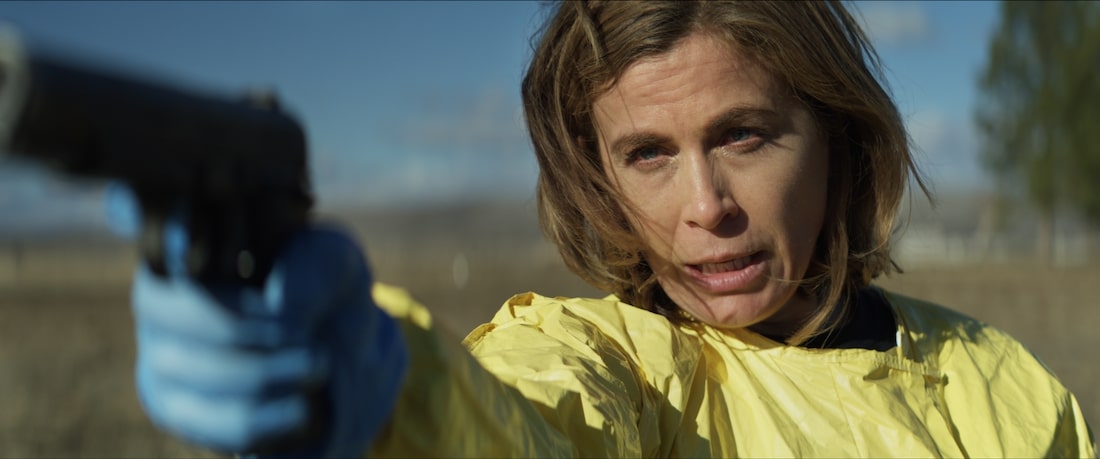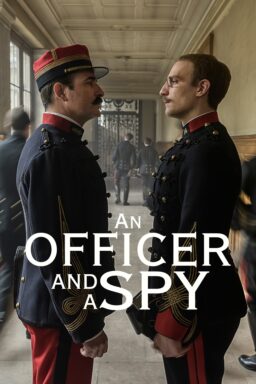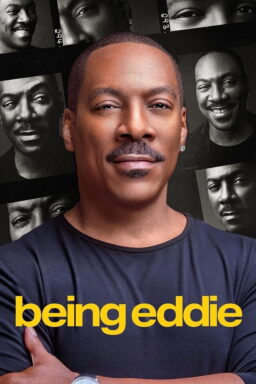John Rosman’s “New Life” is an invigorating piece of humanity horror and the work of a genre mad scientist. No right-minded debut writer/director would simply make a slow-burn chase movie set in Idaho with a pursuing character with ALS symptoms, right? But Rosman knows there can be great meaning in grounding action and horror with the more regular experiences of being human. “New Life” takes after the kind of bold storytelling values that made Zach Cregger’s “Barbarian” a hit, and it shows from start to finish that Rosman has an original heart and mind we need to see more from.
“New Life,” which had its world premiere last night at Fantasia, starts with an arresting set of images: a woman with blood on her face, making her way through a quiet neighborhood. Her name is Jessie (played by Hayley Erin), and she is in a desperate hurry from something. We then get a sense of who is chasing her: an older woman named Elsa (Sonya Walger). In the first few scenes we spend with her, Elsa takes medication with a gun placed nearby, listening to Bob Dylan’s “Like a Rolling Stone.” Her body has been showing early signs of ALS. She speaks with a woman over Zoom who tells her about how the experience is like being trapped in one’s own body. It’s also a way to discover the strength of the human spirit. It’s a moving passage and an important sentiment. But why are we watching it in a chase movie?
The lean (but never mean) 80-minute film adds more oddness with its casting, which is pertinent but unspoken. The people at the top secret communications quarters surrounded by computers, searching for Jessie … they look very … ordinary. Age, build, hairstyle, etc. Not your movie-conventional mission control by any means. But “New Life” proceeds. It pays off so well.
Though it has two character arcs built of mysterious immediacy, “New Life” is primarily driven by emotions and our observations of Elsa and Jessie’s hours. Elsa follows clues of Jessie’s latest appearances, while struggling with mobility. Meanwhile, Jessie meets a couple of farmers who give her breakfast and help drive her farther north. We keep waiting for a snag on her journey to get away, a type of reinvention. Maybe, sometimes, there are just kind people out there.
At just the right breaking point, Rosman’s story throws in its horror without ditching its essential perspective on humanity, its finger on America’s flagging pulse, or its gangbusters pacing. It’s a slight storytelling cheat in that we learn more about what’s going on than Jessie knows, but it makes the movie more horrifying and engaging for us as we embrace Jessie and feel for her. Placing “ordinary people” into this unsuspecting thriller proves to be just one of the thoughtful, bold ways that Rosman sucks us into his story and its supposedly out-there stakes. Everything works in turn—the beats that follow are appropriately frightening, morally complicated, and human. As the film’s initial scope of Jessie and Elsa continues to zoom out, we suddenly all know the traumatic horror of “New Life” all too well. And we feel for our hero to a depth that action-thrillers have never known. What a delight, what a discovery.

Jenn Wexler (“The Ranger”) adds to the list of Yuletide horror with the table-turning “The Sacrifice Game,” which features a menacing performance from Mena Massoud (“Aladdin”) as the leader of a blood-splattering demonic cult. In the movie’s opening scene, a gripping one-shot takes us to and around a house where Massoud’s Jude and his team (including Olivia Scott Welch, Laurent Pitre, and Derek Johns) have picked their latest victim and resource of carved flesh. It’s a nasty, cold-blooded moment that sets the stage for a movie that loves to toy with how much comfort we lose when innocent people are in gory danger.
Following a cop-killing mishap on the road, the cult’s ultimate destination is a boarding school for young girls. There, a loner student named Clara (Georgia Acken) and her peer, the quiet Samantha (Madison Baines) are spending the 1971 Christmas holiday with a faculty member (Chloë Levine) and her boyfriend Jimmy (Gus Kenworthy). Much of the movie takes place in the school and features this imbalanced game. The cult members tie everyone up, designate their sacrifices, and prepare for a gory ceremony. Massoud hams it up throughout—a little too much sometimes—but is having fun with such an unsuspecting part.
“The Sacrifice Game” is all about its twist, which comes 50 minutes in and does a considerable job in playing with the initial stakes. Wexler and Sean Redlitz’s script proves strongest when it can be as bonkers as it likes and let a few of its characters take over with pure dramatic force. The film’s best parts are saved for a must-not-be-spoiled twist later in the story, when it gets past some stiff line-reading and clunky backstory revealing. Shudder will release the film this fall/winter, and “The Sacrifice Game” is worth a look to see what details I just can’t spoil.

Do you have a Ring Doorbell at your home? Does getting notifications and a video feed about someone at your doorstep make you feel safe? “Home Invasion,” a feature-length video essay with more force and ideas than many more expensive and formal documentaries, pulls apart our relationship with surveillance, policing, and the need to see what is happening outside our doors. Director/writer/editor Graeme Arnfield dives down the rabbit hole about our fear of the other, focused on bringing the insidious nature of Ring doorbells to the surface. Arnfield sometimes gets a little lost down there, but he does find fascinating psychological connections: between YouTube-sourced videos from people’s Rings of sassy Amazon deliveries, images of cinema’s history home invasion (and its influence on D.W. Griffith’s game-changing editing), to the invention of the doorbell, to our anti-Luddite submission to technology.
“Home Invasion” is an alarming, haunting treatise on the subject and is so fixated on the view one gets from looking through a peephole (or a Ring video feed) that it presents its bold, colorful text in the same warped fashion. Even movie clips (“Scream,” “Wait Until Dark“) are forced to fit the viewpoint. Paired with a disconcerting, string-scraping soundscape by the likes Baudouin Oosterlynck and Sarah Naylor, the documentary’s experience is direct and disquieting.
With only so much text on-screen at once, it also creates a stable rhythm in which Arnfield’s poetic, sometimes repetitive points advise how Ring doorbells—and the slew of data their freely shared videos produce—are more about letting in a storied fear in than creating comfort. As an argumentative piece, Arnfield could do more to show what reinforces the device’s hypocrisy (as when he says, “There is no evidence [Ring doorbells] make anyone safer” without following up). But Arnfield’s in-depth, insightful, and jarring documentary, packed with collected images before adding his frightening own, provides a great reason to pay heed. After viewing the selected images of what came before, during, and after Ring Doorbells, it’s hard not to see them as the latest horror show we freak ourselves out with.












